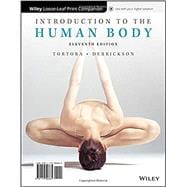Introduction to the Human Body combines exceptional content and outstanding visual, auditory, and interactive presentations for a multimodal and comprehensive learning experience. This digital course gives students the ability to learn and explore anatomy and physiology both inside and outside of the classroom.








